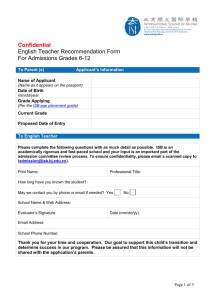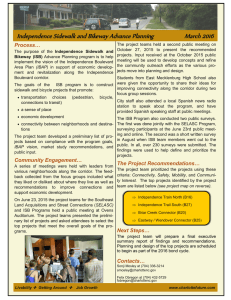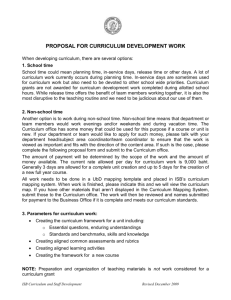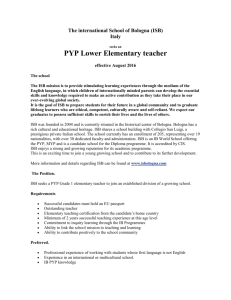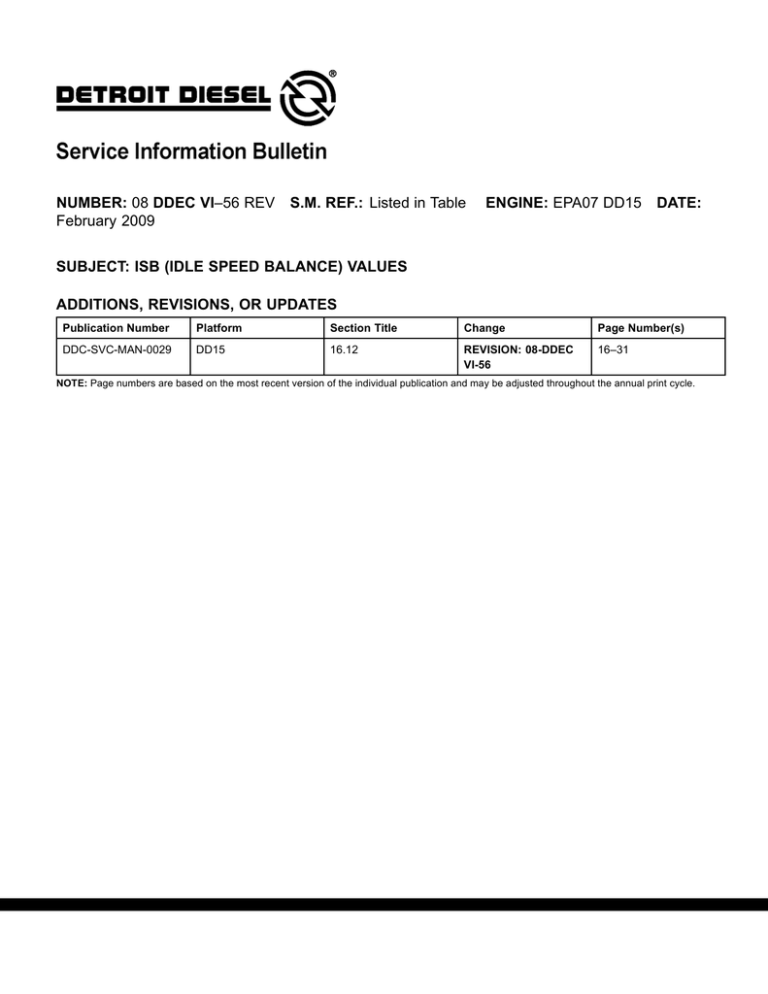
NUMBER: 08 DDEC VI–56 REV
February 2009
S.M. REF.: Listed in Table
ENGINE: EPA07 DD15
DATE:
SUBJECT: ISB (IDLE SPEED BALANCE) VALUES
ADDITIONS, REVISIONS, OR UPDATES
Publication Number
Platform
Section Title
Change
Page Number(s)
DDC-SVC-MAN-0029
DD15
16.12
REVISION: 08-DDEC
VI-56
16–31
NOTE: Page numbers are based on the most recent version of the individual publication and may be adjusted throughout the annual print cycle.
16.12 ISB (IDLE SPEED BALANCE) VALUES
Incorporated into the MCM is the ISB software which monitors the crank wheel speed variation per
segment and compensates each injector to allow for a smoother running engine. When the engine is at
or around idle speed, the compensation values can be learned and stored in the EEPROM. ISB values
are the percentage of adjustment that the MCM can make to an injector to adjust for idle stability. It
does not represent the total amount of available fuel per cylinder.
For diagnostic purposes these values can be used to pinpoint a cylinder which is getting close to or at
its maximum/minimum limit. The limit values are set to positive (+100) and negative (-100). At the
positive value, the MCM software is compensating for an injection rate that is low. On a common rail
system this can be caused by an injector fueling issue or failure of a high pressure supply to a particular
injector.
If the ISB values are 0, this indicates no compensation is needed. Values of +40 and -40 are not
uncommon for a new fuel system. If values reach +70 to +80 and -70 to -80, injection quantities are
reaching their limits and should be noted. If values are at +100 or -100, the respective cylinders should
be checked for a failed component.
Example: For a low injection rate (low fueling from injector), the software will try to compensate for
this injector by increasing its pulse width to smooth out the engine. The value will go positive until
the engine is performing properly. If the value reaches (+100), no more compensation can occur. The
injector should be replaced only after a visual inspection of the fuel supply to the injector is checked. If
the value reaches (-100), this would indicate that the injector is over-fueling to the point that the software
cannot take out any more fuel. The injector should be replaced.
Mechanical failure can also cause a +100 or a -100 reading of ISB. Follow all of the troubleshooting
procedures for the particular system to determine the root cause of the failure.
16.12.1 CHECKING ISB VALUES
Check as follows:
1. Using DDDL 7.0, go to the “Instrumentation” window and click on the “All Instruments” tab.
2. Scroll down to the “MCM” section and locate the parameters “Idle Speed Balance Values:
Cylinder #1” through cylinder 6.
3. If there are any cylinders with a +100 or -100 ISB value, run a compression test with DDDL
7.0. Refer to section .
[a]
If all cylinders pass the compression test, go to next step.
[b]
If cylinder(s) fail, inspect for mechanical failure.
4. Start the engine and bring it up to operating temperature (over 140°F/60°C).
5. Ensure engine is at idle.
6. Monitor ISB parameters making note of each cylinder that is showing a positive or negative
100% value.
NOTE:
During the learning process some cylinders may reach the positive or negative 100% limit, but will
only stay there for a short period of time. Looking at the parameters using the chart function can
help determine an injector that is stuck at the 100% limit compared to an injector that reached the
limit for a short time.
NOTE:
If all cylinders have not updated within three minutes, run the engine to 1200 RPM for one minute
and return to idle. This will cause the MCM software to relearn the ISB values.
Fill in the following chart with the ISB values. These can be used at a later date or may
be required for another procedure.
ISB Worksheet
Cylinder #
ISB Value
Cylinder 1
#
Cylinder 2
#
Cylinder 3
#
Cylinder 4
#
Cylinder 5
#
Cylinder 6
#
7. Continue to monitor cylinder(s) that reached a positive or negative 100%. If the suspect
cylinder is stuck at the limit of positive or negative 100%, check the following components:
□ Fuel line from rail to injector (kinked or plugged). Repair as necessary. Verify repairs
and go to step 8.
□ Fuel line connection at injector or rail (leaking). Repair as necessary. Verify repairs and go
to step 9.
□ Cranking compression. Repair as necessary. Verify repairs and go to step 9.
8. If a cylinder is constantly higher than +70% or lower than -70% and there are no other
mechanical concerns with the engine, change the injector.
9. In the ISB panel, click on the Run Test to reset the ISB Values to 0%. Run the engine until it
reaches operating temp and monitor the ISB values.
[a]
If ISB values are lower than 70% and higher than -70, release the vehicle.
[b]
If the ISB numbers climb over ±70% look for a mechanical concern in the engine.
ADDITIONAL SERVICE INFORMATION
Additional service information is available in Power Service Literature.
Detroit Diesel®, DDC®, Series 60® and the spinning arrows design are registered trademarks of Detroit Diesel Corporation.
© Copyright 2009 Detroit Diesel Corporation. All rights reserved. Printed in U.S.A.

